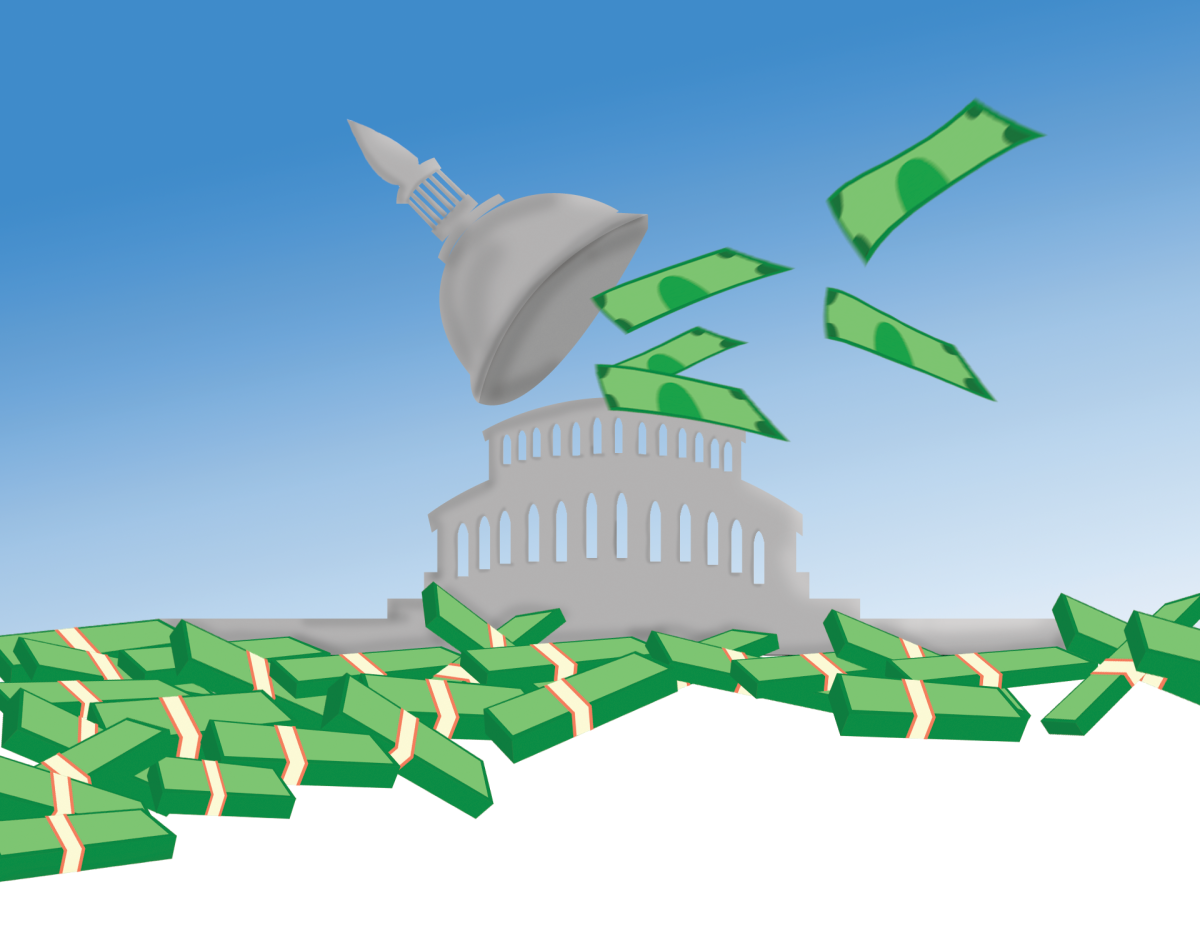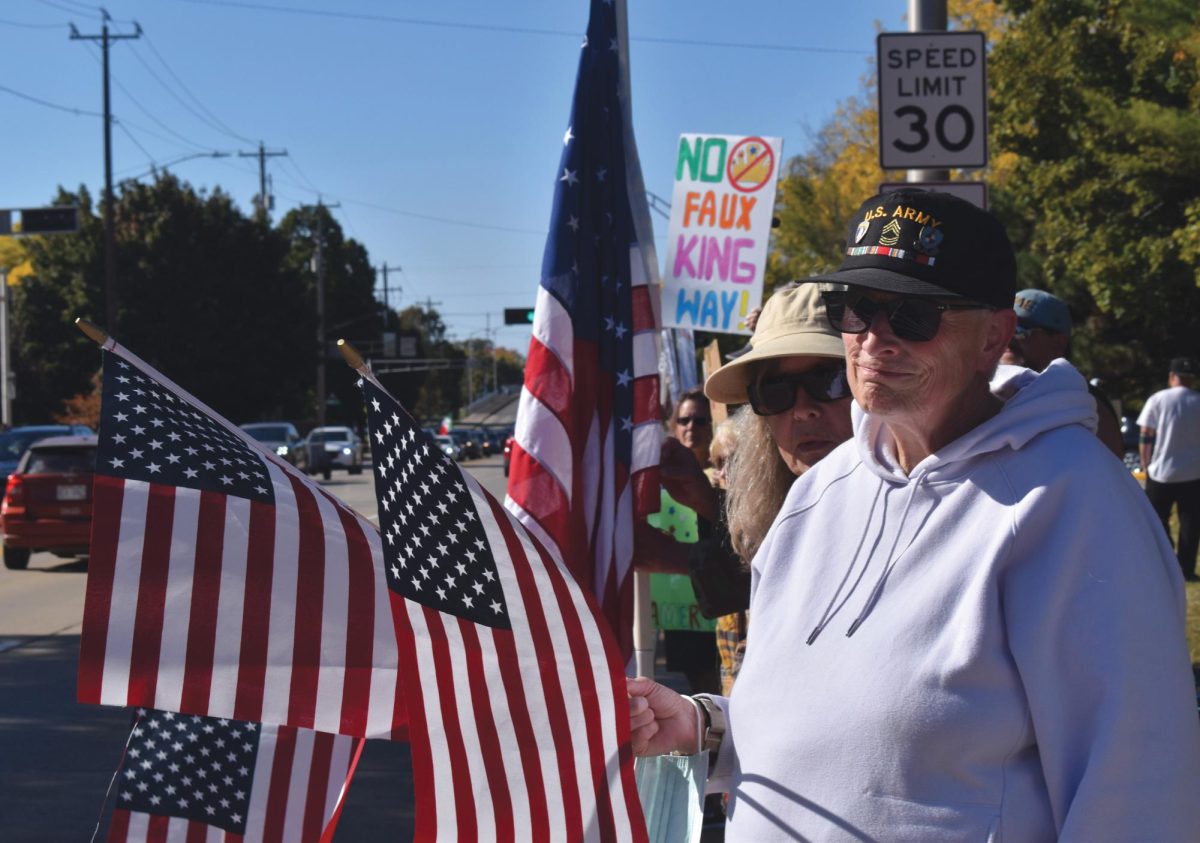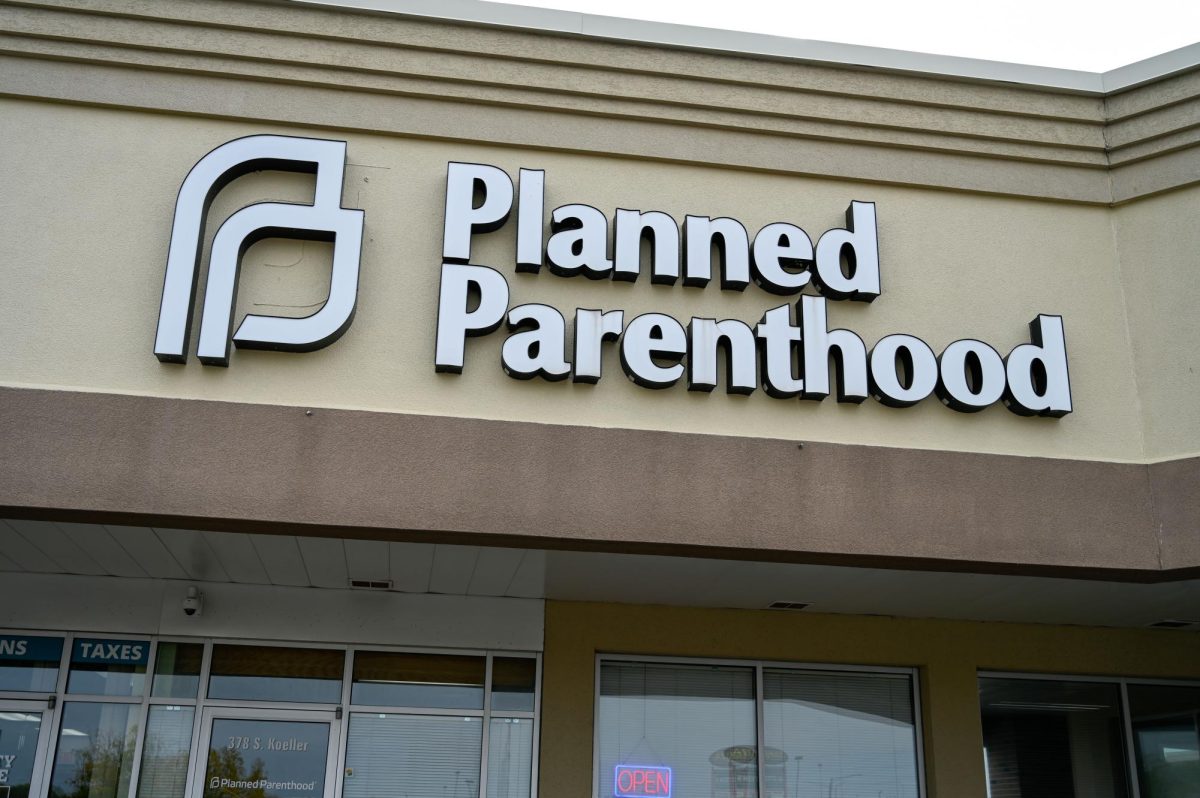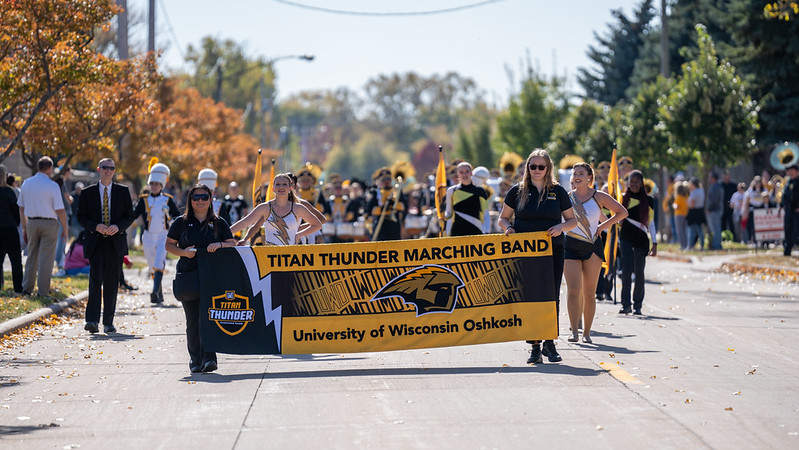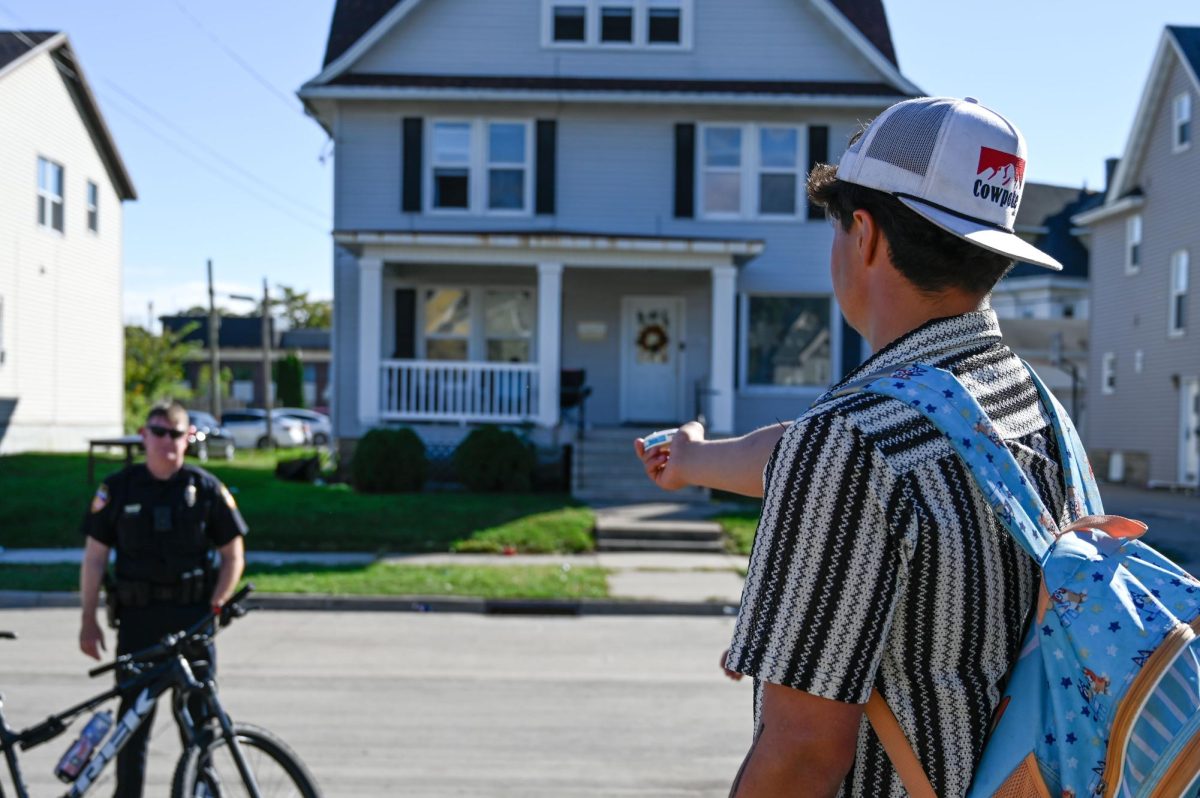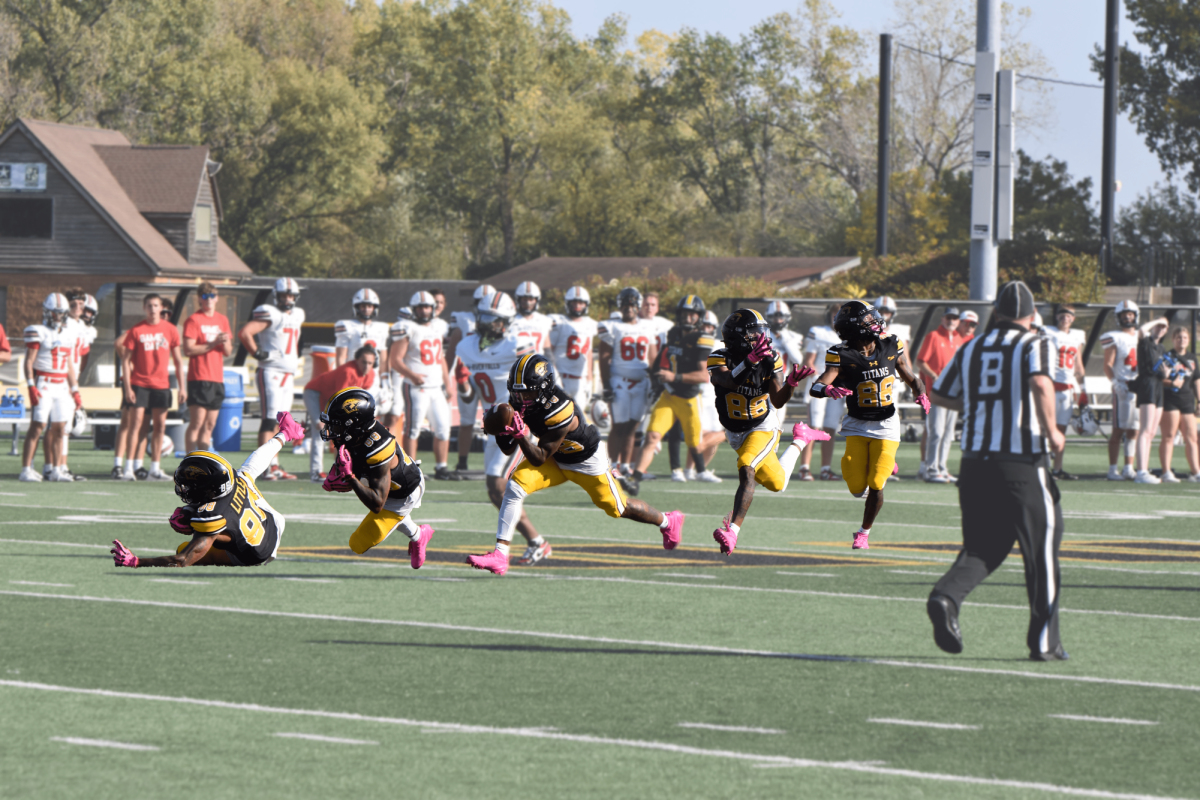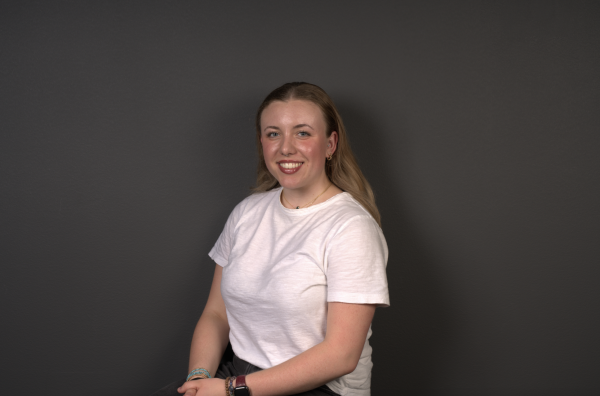In the past four years, the Biden-Harris administration has forgiven $167 billion in student loans even after the Supreme Court of the United States struck down HEROS Act – a plan that would have erased around $430 billion in student loan debt.
The Dempalooza, an expo put on at the Democratic National Convention, held a panel discussion called Student Debt Relief: Celebrating Wins and Fighting Onwards to highlight the work that has been done, and the work that there is still left to do.
Gynette Baker, a teacher in the Chicago Public School District (CPS) and outspoken advocate for student loan debt forgiveness, was one borrower who saw student debt relief from the Biden-Harris administration.
Baker had been paying on her loans monthly, yet was in over $143,000 of debt as of 2022. In January of 2023, she thought she was receiving a billing notice in the mail and ignored it because she had auto pay set up.
When she noticed her loan provider hadn’t taken a monthly payment, she decided to open the letter.
“They canceled $143,545,” Baker said. “When I saw it, I couldn’t believe it. I just started screaming.”
Melissa Byrne, the executive director of We the 45 Million, said stories like these are why they do the work.
“We want to have 40 million stories like this,” Byrne said.
Wisdom Cole, the senior national director of advocacy for the National Association for the Advancement of Colored People (NAACP) college and youth, said that the issue of student debt is often looked at as a “young person’s issue,” but it’s much more than that. It’s a family problem, or what Mary-Pat Hector, Rise Free’s CEO, called a “kitchen table issue.”
“You go into college, and you’re burning with all the student debt,” Cole said. “But the NAACP being 115 years old, we have members who are as old as 80 … and [are] still carrying that burden of student debt.”
A group often forgotten when talking about student debt cancellation is Parent PLUS borrowers.
Parent PLUS loans are offered to parents of dependent students enrolled in college. They’re offered with financial aid packages and the parents are expected to pay them back when their child graduates college.
According to educationaldata.org, the average university graduate owes $28,244 however, that does not include what their parents might owe back.
The average Parent PLUS loan debt is $29,528 when their child graduates from undergrad, as of 2022, according to studentloanplanner.com.
“This is a family problem,” Cole said. “Not just something that impacts the person who’s in college.”
Cole said student debt also impacts people who are not borrowers themselves.
“I remember one of the early conversations that we had with Secretary [of Education Miguel] Cardona,” Cole said. “There was somebody who was representing borrowers from the military … Because of his student debt, he couldn’t afford to fix his car, which meant that his kids were late to school [and] he couldn’t provide for his family.”
“We have to recognize that student debt has reverbal impacts in terms of our communities and our systems,” Cole said.
Baker, who’s been teaching in the CPS for 29 years, encourages her underprivileged students to pursue higher education. She described it as always wanting to push the next generation to be better than the last – but it becomes disheartening knowing student debt looms in the distant future.
“I want you to do better,” Baker said. “I know doing better means to go to school, but to go to school for us, underprivileged youth like myself … I want them to be able to access the world the same way that I have and maybe even better.”
Baker said it’s not a fair choice when deciding whether or not to continue an education after high school.
All of the speakers said underprivileged youth, specifically underprivileged youth of color, in America suffer the consequences of student loan debt more than anyone.
40% of Black Parent PLUS borrowers have an annual household income below $30,000 and 86% of black students take out student loans compared to 68% of white students. Two-thirds of women owe in student loan debt and Black women owe the most out of any group.
“The number of black and brown folks matriculating higher ed and the costs of college [have] gone up,” Aissa Canchola Bañez, the policy director for the Student Borrower Protection Center, said. “But the amount of money that we invest in financial aid, Pell Grants … the amount of money that our state and federal governments invest in these systems has gone down.”
Bañez said if you’re lucky enough to get into higher education and lucky enough to make it through, but you’re left with thousands of dollars in debt, the system is fundamentally broken.
Despite the obstacles, the Biden-Harris administration didn’t give up on student loan debt forgiveness.
In May of this year, the administration announced it had officially approved $167 billion in relief for 4.75 million borrowers across the country – a historically high number.
Groups like the ones represented by the panelsist have continued to lobby for student debt relief despite pushback from conservatives. For instance, Hector’s organization, Rise Free, has mobilized 250,000 students across the country at over 100 college campuses in support of student debt relief.
The Student Borrower Protection Center is working on a Student Loan Law Initiative to bring together “leading consumer law scholars to develop rigorous academic research aimed at ending the student debt crisis,” and investigating where Americans are being scammed in the loan system.
To learn more about student loan debt forgiveness and to see if you qualify, visit studentaid.gov/manage-loans/forgiveness-cancellation/debt-relief-info. For educational resources on student debt relief visit protectborrowers.org/.


